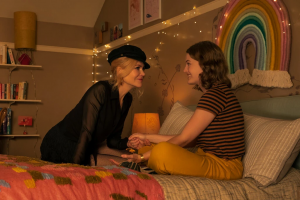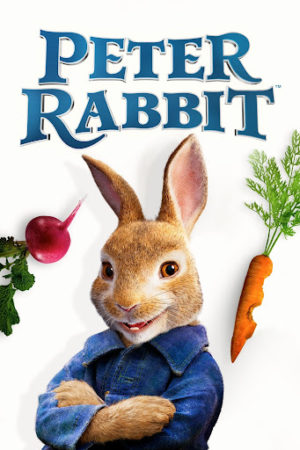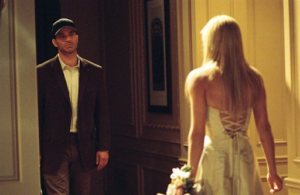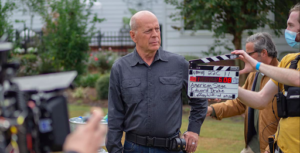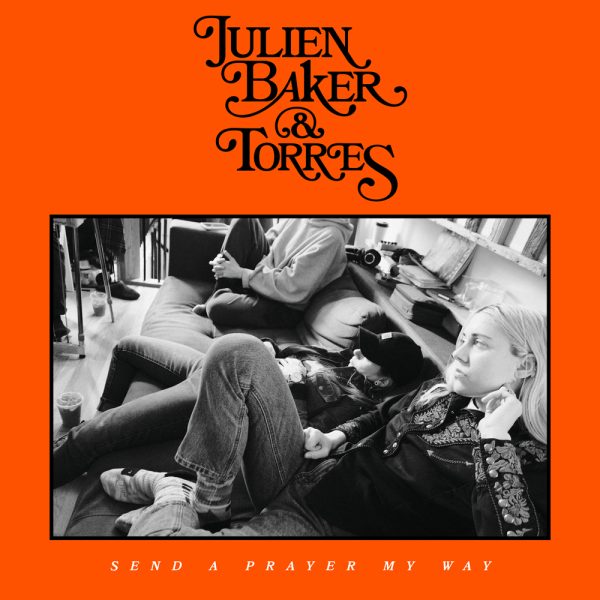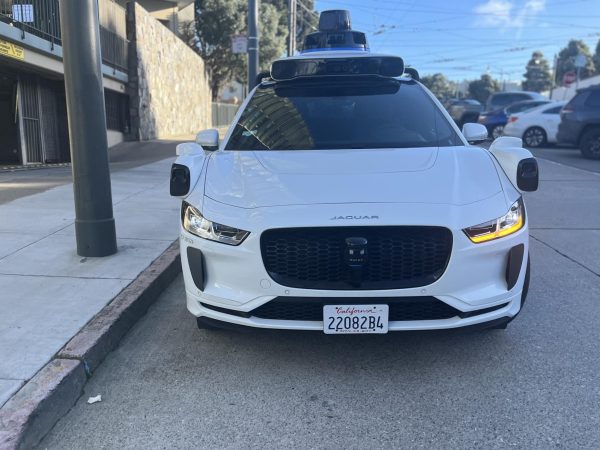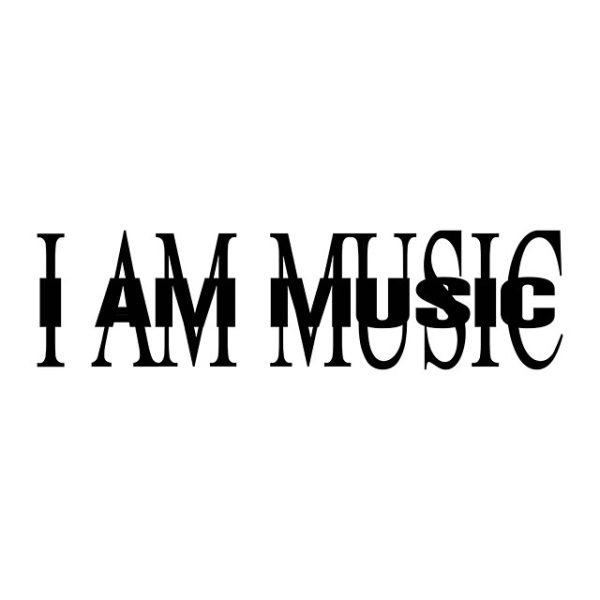Heartstopper is a beautiful ray of light for LGBTQ+ youth
Movies and TV have a tendency to portray gay characters and their stories with grit and darkness: a closeted romance living in shadows, parents that kick out their gay teenage son, lugheaded football players bullying the stereotypical gay student, to name a few stereotypical plotlines. While these stories are true for many LGBTQ+ people in America, the pattern often lacks positive portrayals of love in the community. Released April 22 on Netflix, Heartstopper tells a story of young queer romance in a joyful light, and exists purely to bring hope to youth.
Based on Alice Oseman’s bestselling graphic novel series, Heartstopper follows the blossoming friendship between shy and openly gay tenth year Charlie Spring (Joe Locke) and sweet, popular eleventh year Nick Nelson (Kit Connor), seemingly straight and nicknamed the “Rugby King” of their all-boys school in coastal England (in American schooling, Charlie would be a freshman and Nick a sophomore). Nick and Charlie meet in their homeroom, and despite running in different circles, the two quickly develop an adorably close friendship.
The ten episode series follows their relationship, as well as secondary plotlines that include other students at Truham Grammar School for Boys and Harvey Green Grammar School for Girls. Charlie’s friend Elle (Yasmin Finney), is a transgender girl who finally is able to start at an all-girls school. Out-and-proud Darcy (Kizzy Edgell) and slightly unsure Tara (Corina Brown) recently made the jump from just friends to girlfriends, and grapple with whether to take their relationship public.

Charlie develops a crush on Nick from the get-go, and struggles with how to handle it. How to get over a crush on a straight friend is, as Charlie’s openly gay teacher Mr. Ajayi (Fisayo Akinade) puts it dryly, “A question for the ages.” The first scene of the series shows Charlie in a toxic semi-relationship with closeted, popular eleventh year Ben Hope (Sebastian Croft). Opening with this fragmented relationship shows Charlie’s quest for someone to love him without conditions, the opposite of what Ben gave him. Although not showing details, the characters vaguely reference Charlie being outed as gay the year prior. Purposefully not flashing back to the immediate aftermath and pain of Charlie’s experiences, the episodes instead detail his beautiful feelings for Nick.
Struggling to clarify his feelings towards Charlie, Nick’s journey throughout Heartstopper in one way or another embodies any teenager who has questioned their sexuality. Although seemingly the “straightest boy in school,” as Elle puts it, sweet and cheerful Nick wrestles with who he is and who his circle of obnoxious rugby friends want him to be.
Heartstopper is one of the most pure, wholesome portrayals of queer love on Netflix. The graphic novels amassed an enormous following because of its positive representation, and the series claimed a rare 100 percent fresh on Rotten Tomatoes. The series carries unique illustrative characteristics because of its basis in graphic novels and Oseman’s heavy involvement in creation and production. Hand-drawn butterflies will flutter around Charlie when he’s laughing with Nick, and rainbow swathes of light bathe Tara and Darcy when they dance at a party. Soft lighting lends warmth to more wholesome scenes, and shadowy, black scribbles create a darker tone in heavier scenes.
The overlay of illustrations set Heartstopper apart from other teen series in a distinct manner, a graphic novel coming to life on screen. The massive fanbase of Oseman’s work has not held back in pushing for a second season, and I sincerely hope they get it. The pure, beautifully joyous creation that is Heartstopper earns five out of five feathers for its inspiring representation of young queer love.

Alice is a senior, starting her fourth year in journalism. She enjoys hanging out with her friends and her plants, and rewatching Parks and Recreation....



